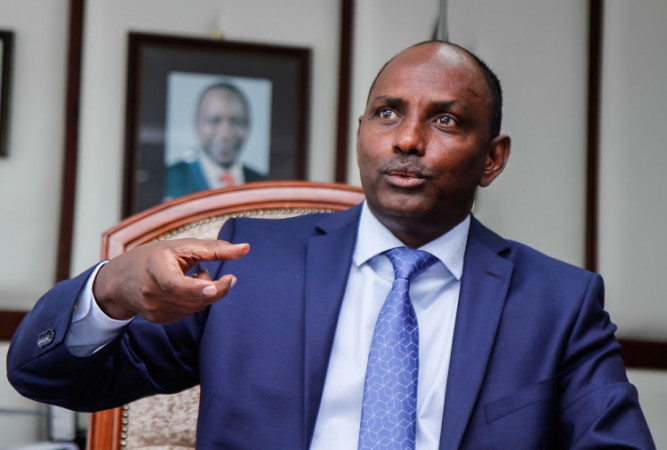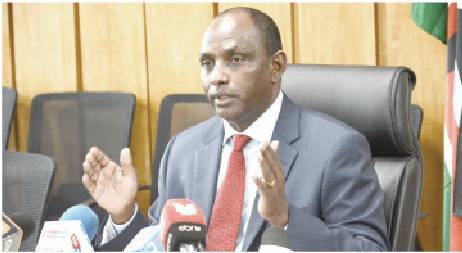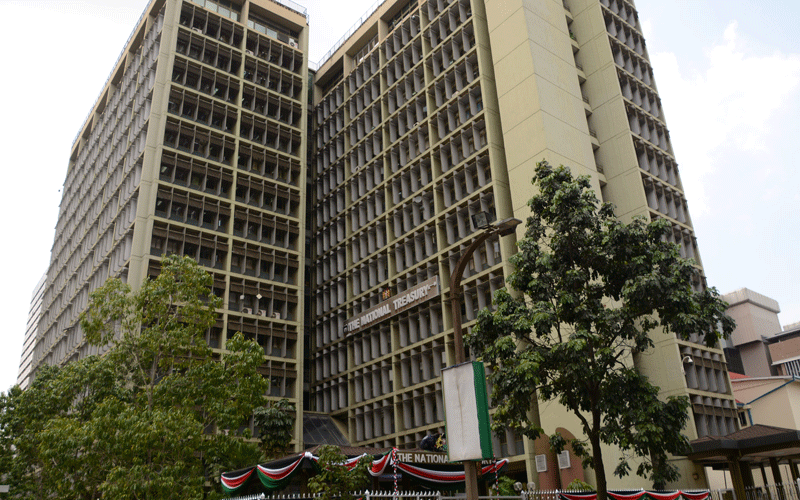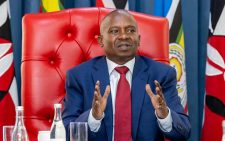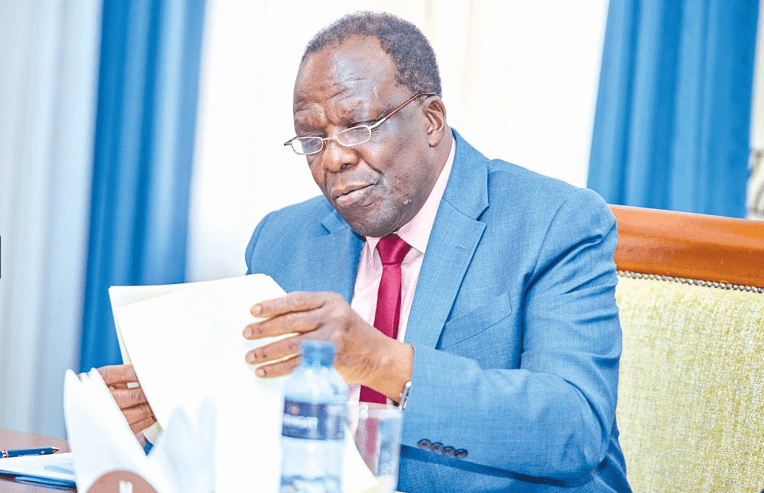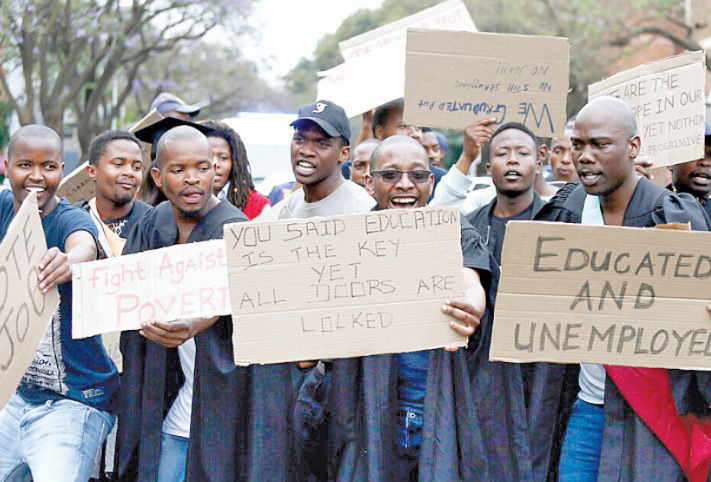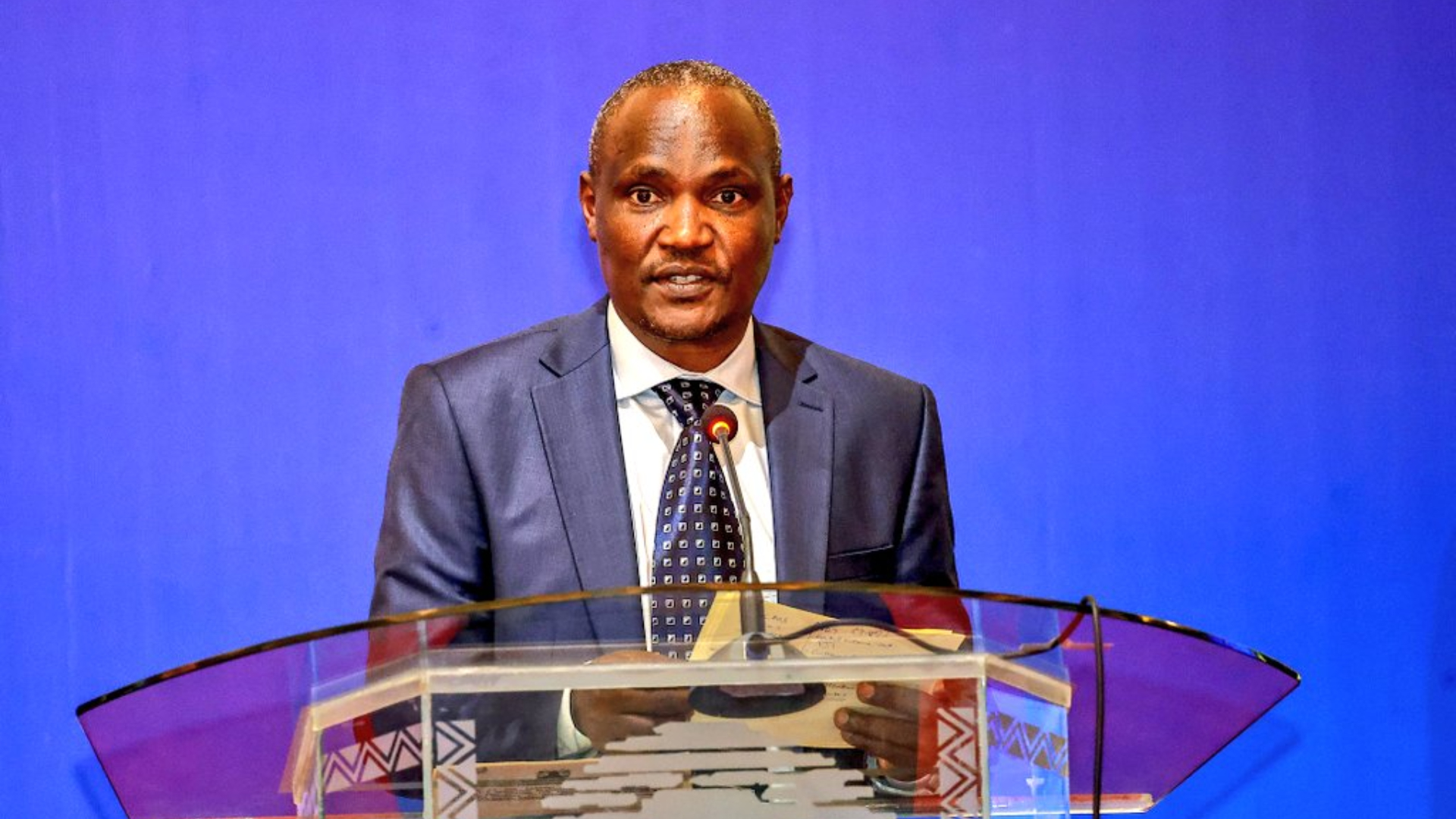Kenya listed sixth among nations with default risks

Kenya has been ranked the sixth country most likely to default on its public debt in new findings based on Bloomberg data.
Public debts, which is money owed to the country by domestic and foreign lenders, now account for a significant portion of the gross domestic product (GDP) of the country.
Kenya’s total public debt hit Sh8.4 trillion this April, but with a fast depreciating exchange rate and more borrowing, the total debt might soar to Sh9 trillion before year end. Outstanding external debt grew to Sh4.21 trillion by March 2022, latest government data shows, as the government borrowed to bridge budget deficit.
The Bloomberg list fingers 25 countries most likely to default on debt with El Salvador at the top followed by Ghana and Tunisia.
“The sovereign debt vulnerability rankings gives us insight into which countries are the most likely to default on their debt obligations,” says the report by Bloomberg’s Sovereign Debt Vulnerability Ranking which is a composite measure of a nation’s default risk.
Currently, Kenya’s weighted average yield to maturity for bonds is 14.1 per cent with the Eurobond yield is well over 17 per cent which means the government is paying an average interest of 14 per cent to borrow money compared to lows of 8 per cent a few years back.
Economics and “reckless spending
This is in comparison with El Salvador – the country most likely country to default, with average yield to maturity of its bonds at 31 per cent, Ghana is at 17 per cent and Tunisia at 32 per cent.
According to the World Economic Forum (WEF), weakening economies and “reckless spending” are among top factors that can lead to defaults. Countries can also face headwinds if they borrow in a currency other than their own hence if the budget falls short, the central bank can’t print more money to fill the gap.
Nations defaults on debt when they borrow, and are not able to – or don’t want to – meet some or all of their debt payments to creditors. Debt to gross domestic product (GDP) ratio stands at 70 per cent compared to 84 for Ghana, South Africa 70 per cent and Rwanda at 72 per cent. Kenya currently spends about 4.4 per cent of its GDP in interest payments.
Reopening past bonds
Recently, Kenya has concentrated on reopening past bond issues to maintain its cost of borrowing at previous levels since it cannot borrow outside the country.
The International Monetary Fund (IMF) meets today to review Kenya’s request for an additional Sh24 billion in emergency loans despite Kenya falling behind key commitments set the the Bretton Wood institution.
“Kenya’s access to international markets is technically closed and the government will have to rely on domestic markets for funding,” said the head of research at Genghis Capital George Bodo.
Treasury bill auction of July 14, received bids totaling Sh25.4 billion against an advertised amount of Sh24.0 billion. Interest rates remained stable, with all Treasury bills increasing marginally. In the international market, the yields on Kenya’s Eurobonds rose by an average of 234.5 basis points. The yield on the 10-Year Eurobond for Angola and for Ghana also rose, central bank data shows. Kenya’s bond turnover in the domestic secondary market declined by 38.2 per cent during the week ending July 14.
However, the country has a respite in rising tax revenues with Kenya Revenue Authority (KRA) for the first time in Kenya’s history hitting a new record of Sh2.031trillion in the financial year 2021/22, compared to Sh1.669 trillion collected in 2020/21.
“This is the first time the authority has surpassed its original target in 14 years (since FY 2007/08), after the previous target revisions were adjusted downwards,” KRA Commissioner General, Githii Mburu said.
With inflation soaring past the Central Bank of Kenya (CBK) target of 7.5 per cent, the regulator is expected to balance a tightrope between raising interest rates, and reigning in on prices.
Kenya Bankers Association chairman John Gachora wanted the regulator to increase interest rates to ease pressure on the shilling by increasing yields on local debt.
The next meeting of the Monetary Policy Committee (MPC) will be held on Wednesday, July 27, 2022.
